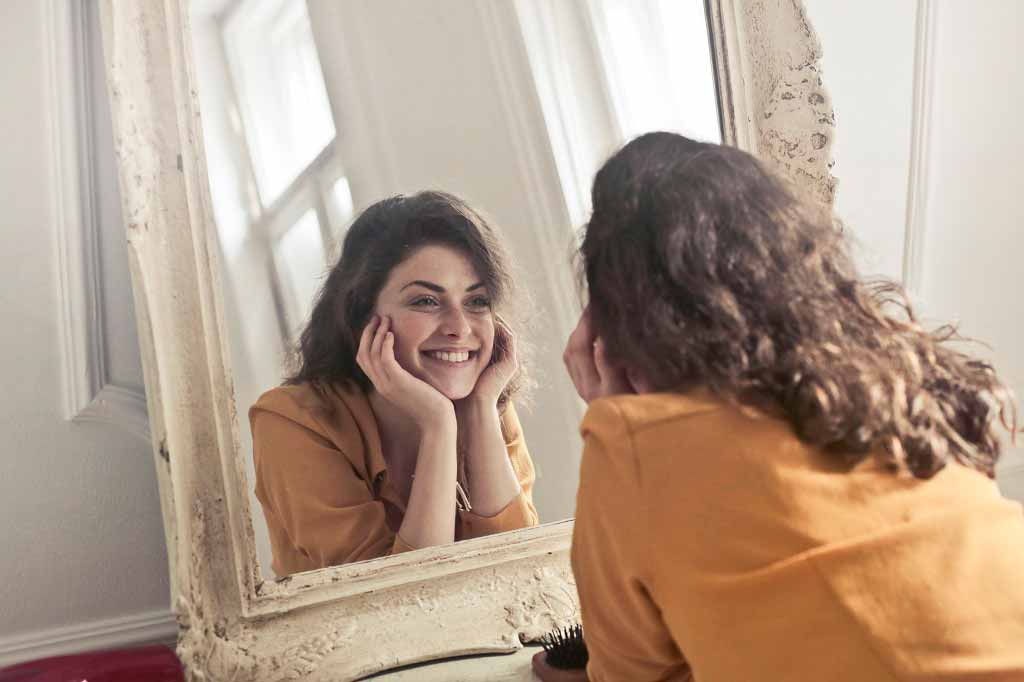New NICE guidelines on sun exposure warn 'tanning is unsafe'
Cancer
"No safe way to suntan, new NICE guidance warns," BBC News reports. Though the guidelines also stress the benefits of moderate sun exposure to prevent vitamin D deficiency; which is more common in the UK than many people realise…
"No safe way to suntan, new NICE guidance warns," BBC News reports. The guidelines, produced by the National Institute for Health and Care Excellence (NICE), also stresses the benefits of moderate sun exposure.
This will help prevent vitamin D deficiency; which is more common in the UK than many people realise. It is estimated that around one in five adults and older children (aged between 11 and 18) have low vitamin D status. The figure is around one in seven for younger children.
What are the risks of overexposure?
Sunlight contains ultraviolet A (UVA) and ultraviolet B (UVB) radiation, both of which can be harmful to the skin. (The guidelines do not discuss artificial sources of UV light, such as sunbeds, but these are also thought to be harmful).
Risks of overexposure to sunlight include:
- sunburn
- skin cancer – both the non-melanoma and melanoma types of skin cancer
Non-melanoma is a leading cause of disfigurement, with an estimated quarter of a million cases occurring each year in the UK. Melanoma is a leading cause of cancer deaths in younger adults. More than 2,000 people die every year in the UK from melanoma.
Overexposure can also cause premature ageing of the skin, which can lead to signs and symptoms, such as :
- dryness
- itching
- wrinkling
- enlarged blackheads
- loss of skin elasticity
At-risk groups
Groups of people particularly vulnerable to overexposure include:
- children (particularly babies) and young people
- people who tend to burn rather than tan
- people with lighter skin, fair or red hair, blue or green eyes, or who have lots of freckles
- people with many moles
- people who are immunosuppressed (that is, they have less resistance to skin problems as a result of a disease or use of particular drugs)
- people with a personal or family history of skin cancer (even if their natural skin colour is darker than that of the family member who had cancer)
- outdoor workers
- those with outdoor hobbies, for example, sailing or golf
- people who sunbathe
- people who take holidays in sunny countries
Preventing overexposure
Avoid strong sunlight
Avoid spending long periods of time in strong sunlight. The sun is at its strongest from 11am to 3pm from March to October. It can also be very strong and have potentially damaging effects at other times. Even if it is cool or cloudy, it is possible to burn in the middle of the day in summer.
Wear suitable clothing
Skin should be protected from strong sunlight by covering up with suitable clothing, finding shade and applying sunscreen.
Suitable clothing includes:
- a wide-brimmed hat that shades the face, neck and ears
- a long-sleeved top
- trousers or long skirts in close-weave fabrics that do not allow sunlight through
- sunglasses with wraparound lenses or wide arms with the CE Mark and European Standard EN 1836:2005
Use sunscreen
When buying sunscreen, make sure it's suitable for your skin and blocks both ultraviolet A (UVA) and ultraviolet B (UVB) radiation.
The sunscreen label should have:
- the letters "UVA" in a circle logo and at least 4-star UVA protection
- at least SPF15 sunscreen to protect against UVB
Most people do not apply enough sunscreen. The amount of sunscreen needed for the body of an average adult to achieve the stated sun protection factor (SPF) is around 35ml or six to eight teaspoons of lotion.
If sunscreen is applied too thinly, the amount of protection it gives is reduced. If you're worried you might not be applying enough SPF15, you could use a stronger SPF30 sunscreen.
If you plan to be out in the sun long enough to risk burning, sunscreen needs to be applied twice:
- 30 minutes before you go out
- just before going out
Sunscreen should be applied to all exposed skin, including the face, neck and ears (and head if you have thinning or no hair), but a wide-brimmed hat is better.
Water-resistant sunscreen is needed if sweating or contact with water is likely.
Sunscreen needs to be reapplied liberally, frequently and according to the manufacturer's instructions. This includes applying straight after you've been in water (even if it is "water-resistant") and after towel drying, sweating or when it may have rubbed off.
Advice for babies and children
Take extra care to protect babies and children. Their skin is much more sensitive than adult skin, and repeated exposure to sunlight could lead to skin cancer developing in later life.
Children aged under six months should be kept out of direct strong sunlight.
From March to October in the UK, children should:
- cover up with suitable clothing
- spend time in the shade (particularly from 11am to 3pm)
- wear at least SPF15 sunscreen
To ensure they get enough vitamin D, children aged under five are advised to take vitamin D supplements even if they do get out in the sun. Find out about vitamin D supplements for children.
Avoid tanning
There is no healthy way to tan. Any tan can increase your risk of developing skin cancer. Getting a tan does very little to protect your skin from the harmful effects of the sun. The idea that there is such a thing as a healthy tan is a myth.
The British Association of Dermatologists advises that people should not use sunbeds or sunlamps.
Sunbeds and lamps can be more dangerous than natural sunlight, because they use a concentrated source of ultraviolet (UV) radiation.
UV radiation can increase your risk of developing melanomas. Sunbeds and sunlamps can also cause premature skin ageing.
If you do want browner looking skin then fake tan is the way to go.
Sunlight and vitamin D
Vitamin D is essential for healthy bones, and we get most of ours from sunlight exposure.
We need vitamin D to help the body absorb calcium and phosphorus from our diet. These minerals are important for healthy bones and teeth.
A lack of vitamin D – known as vitamin D deficiency – can cause bones to become soft and weak, which can lead to bone deformities. In children, for example, a lack of vitamin D can lead to rickets. In adults, it can lead to osteomalacia, which causes bone pain and tenderness as well as muscle weakness.
Most people can make enough vitamin D from being out in the sun daily for short periods with their forearms, hands or lower legs uncovered and without sunscreen from March to October, especially from 11am to 3pm.
A short period of time in the sun means just a few minutes – about 10 to 15 minutes is enough for most lighter-skinned people – and is less than the time it takes you to start going red or burn. Exposing yourself for longer is unlikely to provide any additional benefits.
People with darker skin will need to spend longer in the sun to produce the same amount of vitamin D.
Groups of people who have little or no exposure to the sun for cultural reasons or because they are housebound or otherwise confined indoors for long periods, may be vitamin D deficient and may benefit from vitamin D supplements.
How long it takes for your skin to go red or burn varies from person to person. Cancer Research UK has a useful tool where you can find out your skin type, to see when you might be at risk of burning.
Vitamin D and pregnancy
Pregnant and breastfeeding women should take a vitamin D supplement to make sure their own needs for vitamin D are met, and their baby is born with enough stores of vitamin D for the first few months of its life.
You can get vitamin supplements containing vitamin D free of charge if you are pregnant or breastfeeding, or have a child under four years of age and qualify for the Healthy Start scheme.
Read more about vitamins and supplements in pregnancy






 Subscribe
Subscribe Ask the doctor
Ask the doctor Rate this article
Rate this article Find products
Find products








